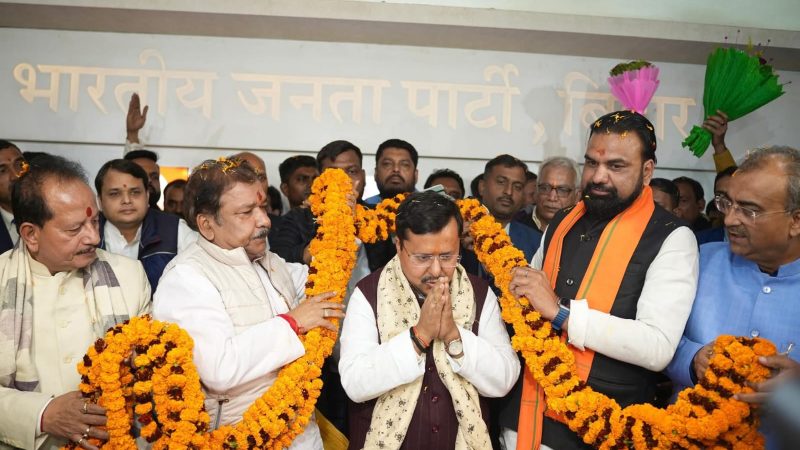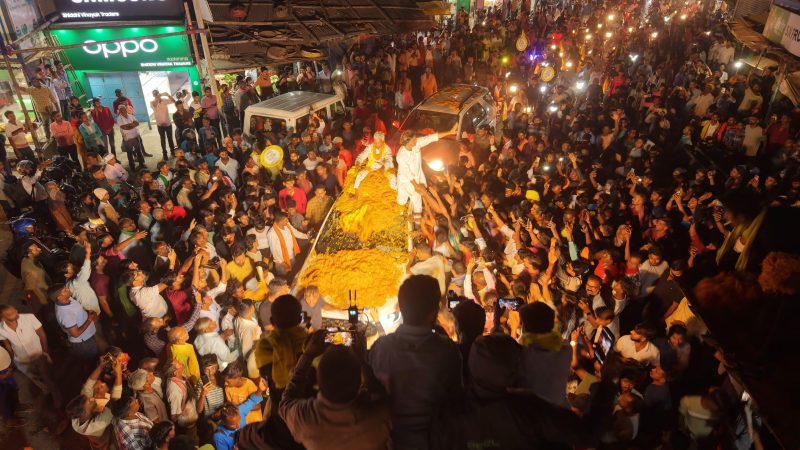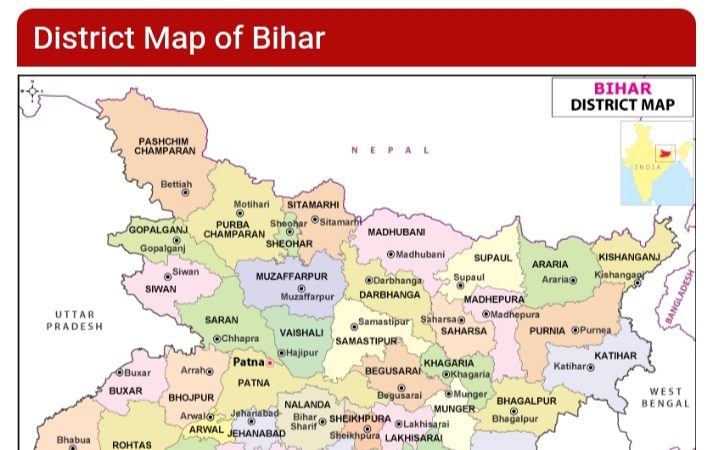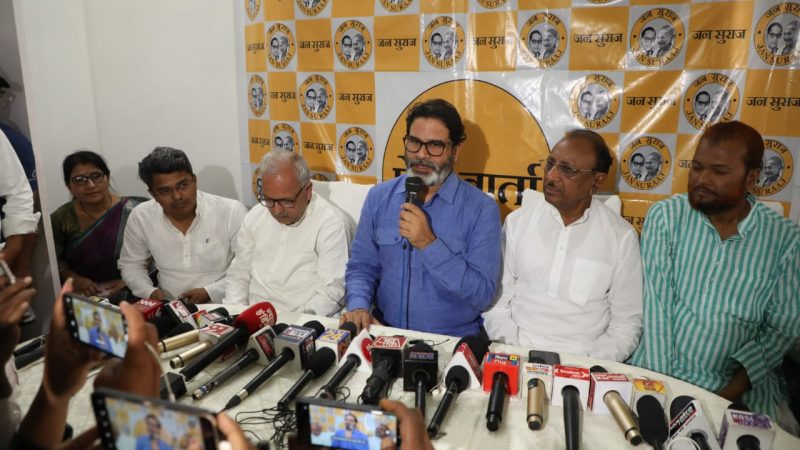Bihar’s Changing Narrative: Beyond Caste Lines, Toward a Collective Society
Patna.( By Drishty Sanjay ). Bihar stands on the brink of a major social and political transformation. The recently published caste census, conducted during the Nitish Kumar–Tejashwi Yadav-led Mahagathbandhan government, has reignited debates over data accuracy and caste representation. Although now there is a Nitish Kumar led NDA government in Bihar. Yet, amid these numbers, a powerful undercurrent is visible — a new Bihar that seeks unity over division and development over caste.
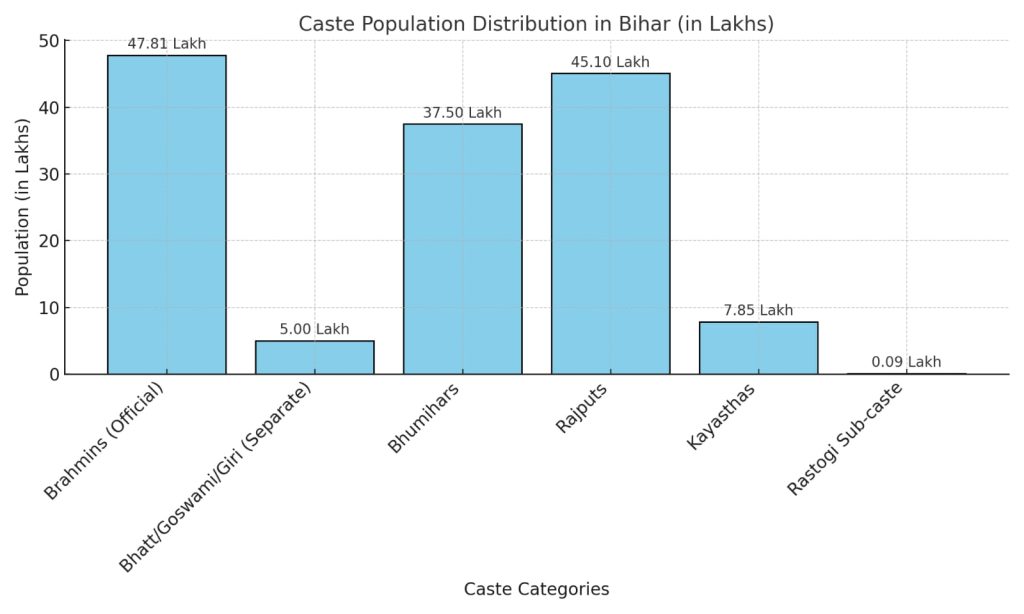
The Brahmin and Forward Caste Equation
Brahmins – 47.81 lakh (3.65%)
But with Bhatt, Goswami, and Giri Brahmins counted separately (approx. 5 lakh), the actual total stands near 53 lakh (~4%).
Bhumihars – 37.50 lakh (2.86%)
Combined with Brahmins, the total forward Brahmin population rises to ~90 lakh (≈7%).
Rajputs – 45.10 lakh (3.45%)
Kayasthas – 7.85 lakh (0.60%)
• Rastogi sub-caste recorded separately at about 9,000.
Together, the forward castes constitute approximately 1.43 crore people, nearly 10–11% of Bihar’s population.
Yadavs – Unified or Fragmented?
Unlike Brahmins, the Yadav community’s sub-castes were merged under one heading:
Gwala, Ahir, Ghasi, Mehar, Sadgope, Laxmi-Narayan Gola — all included.
Total Yadav population: 1.86 crore (14.26%), making it one of Bihar’s largest social groups.
Analysts point out that this uniform inclusion contrasts with the fragmented counting of forward caste sub-groups — sparking questions about methodology and fairness in data compilation.
EBCs – The Expanding Base
The Extremely Backward Classes (EBCs) account for nearly 36% of Bihar’s total population — the single largest social bloc.
From a political standpoint, this segment has become the most influential and targeted voter group, with every major party seeking its support through welfare schemes and representation promises.
New Thinking: From Caste to Collective Growth
However, amid these statistics, something new is emerging — especially among Bihar’s younger generation.
Across universities, workplaces, and villages, there’s a growing belief that the time has come to rise above caste identities and focus on jobs, education, development, and good governance

